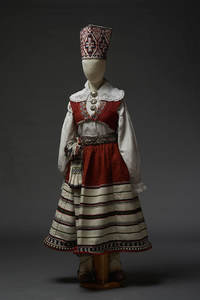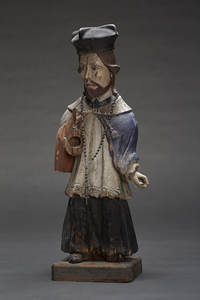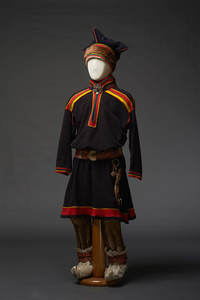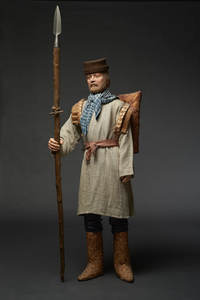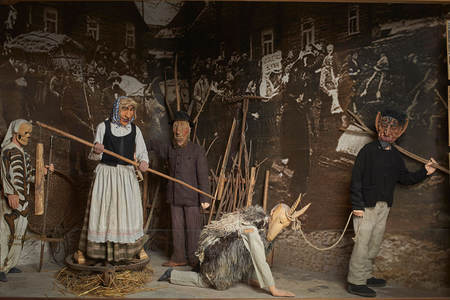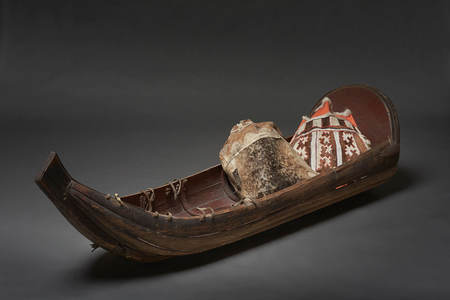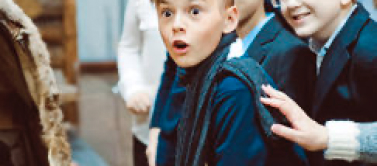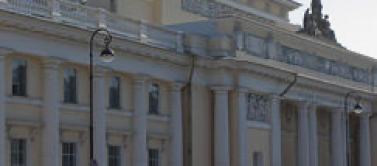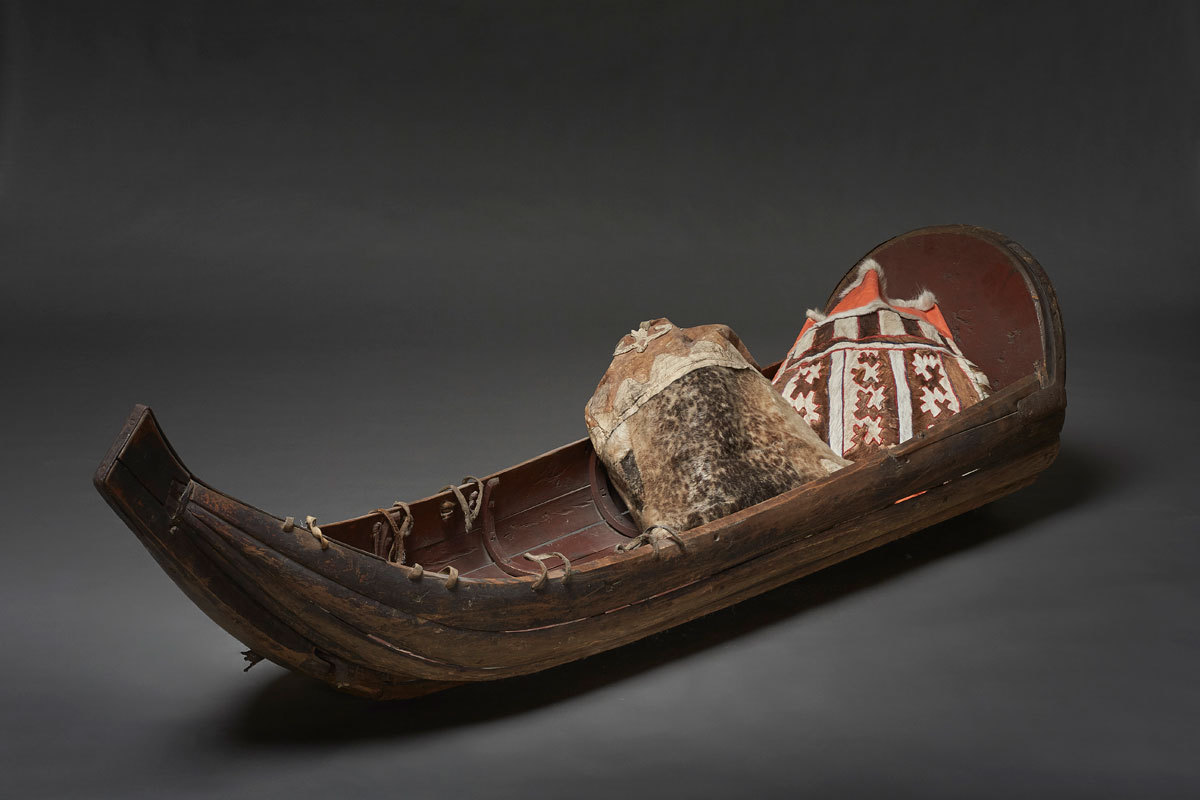
The Baltic Finnish, Balt, German, and Slavic peoples lived as neighbors in the north-western areas of Russia and in the Baltic lands. The Museum exposition is dedicated to twelve indigenous peoples of the region. How did each people utilize its natural niche – waterway shores, land, forest, and tundra? How did people adapt their lifestyle to local conditions? How did the water “feed” coastal residents? Who helped them to pull seals from under ice in winter? What did “the People of the Woods” do for work? How did horse-hair gloves help them to reach an agreement with the wood spirit? What is the oldest people in European North? Where did the Saami come from, and why do they live in the tundra? Why did they unbraid the bride’s plait? When and why was it the custom to burn the straw effigy of terrible “old hag Morė”?
The exposition “Peoples of the North-West of Russia and the Baltics in the 18th-20th centuries” of the Russian Museum of Ethnography is dedicated to twelve peoples of that vast region that played an important role in the history of the Russian state since the earliest times.
For many centuries, these lands were a kind of crossroads between Eastern, Middle, and Northern Europe. The Balt, Baltic Finnish, German, and Slavic peoples lived here, traded, and often waged wars. The early cultural contacts of eastern regions of Finland, Estonia, Latvia, and Lithuania were with neighboring Russian lands; the local population paid tribute to some Russian principalities. The Finno-Ugric peoples – Chud’, Vod’, Ves’, Lop’, Korela, and Izhora – the indigenous population of the territories east of the Narva River around the Volkhov, the Luga, and Lake Ladoga – were also involved in allied, cultural and economic, and later administrative relations with Ancient Rus.
The crusades that started in the 12th century included the Finns, Estonians, Latvians, and Lithuanians in the sphere of western Christian culture and history. The peculiarity of cultural traditions was greatly determined by coexistence of various confessions – Orthodox, Lutheran, and Roman Catholic.
With time, two cultural zones formed in these lands: the East, with evident influence of Slavic culture, and the West, with no less felt influence of German and Scandinavian cultures.
The exposition “Peoples of the North-West of Russia and the Baltics in the 18th-20th centuries” is the first attempt at reconstruction, with museum facilities, of history and culture of the population of the Baltic and Barents regions over the 18th through 20th centuries.
It is built as cultural/anthropological feature articles, consisting of four sections – “People of the Sea,” “People of the Land”, “People of the Woods,” and “People of the Tundra.” Each section covers themes illustrating the most colorful and original aspects of the ethnic tradition of neighbor peoples, demonstrating kinship of several cultural phenomena, and showing examples of historical and cultural relationships and mutual influences both in the past and at present.
Presented at the exposition are over 700 genuine objects of traditional culture of the 18th – 20th centuries, and about 200 rare photographs from the Museum’s collection on the ethnography of Baltic Finnish peoples of the North-West, and of the Swedes, Letts, and Lithuanians. Several generations of ethnographers of the 20th century who worked at the Museum or collaborated as correspondents took part in building these collections.
The visitors will see the everyday life of the region’s population, and their spiritual life: traditional family and calendar rituals and feasts, and see various household artifacts and clothes – everyday, festive, and hunting. The unique collection showing the Saami’s everyday life and culture is displayed for the first time.
Ethnographic films are shown at the exposition, and folklore music records are played (work songs, wedding lamentations, funeral wailings, and songs related to calendar rituals). As part of the exposition, it is intended to set up temporary exhibitions dedicated to particular interesting aspects of culture of these peoples.


